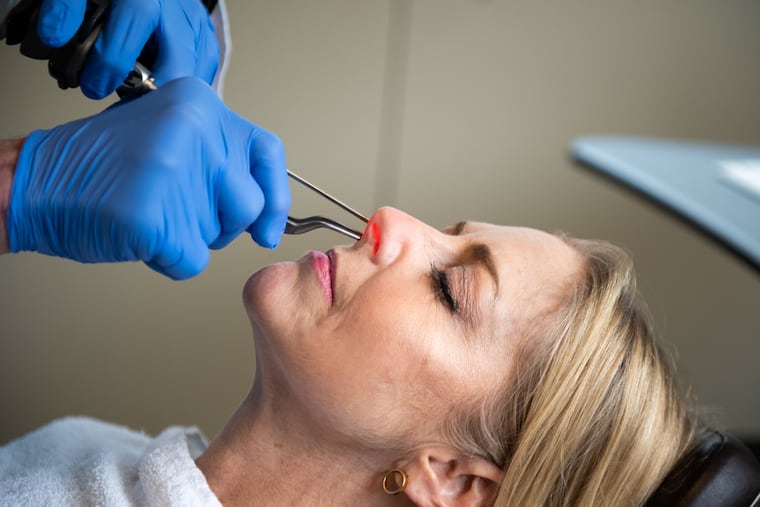These doctors are treating COVID-19 smell loss by sticking plasma-soaked sponges up people’s noses
Whether the therapy works — and if so, exactly how it works — isn’t fully understood. Nor is the reason why COVID impairs the sense of smell to begin with.
